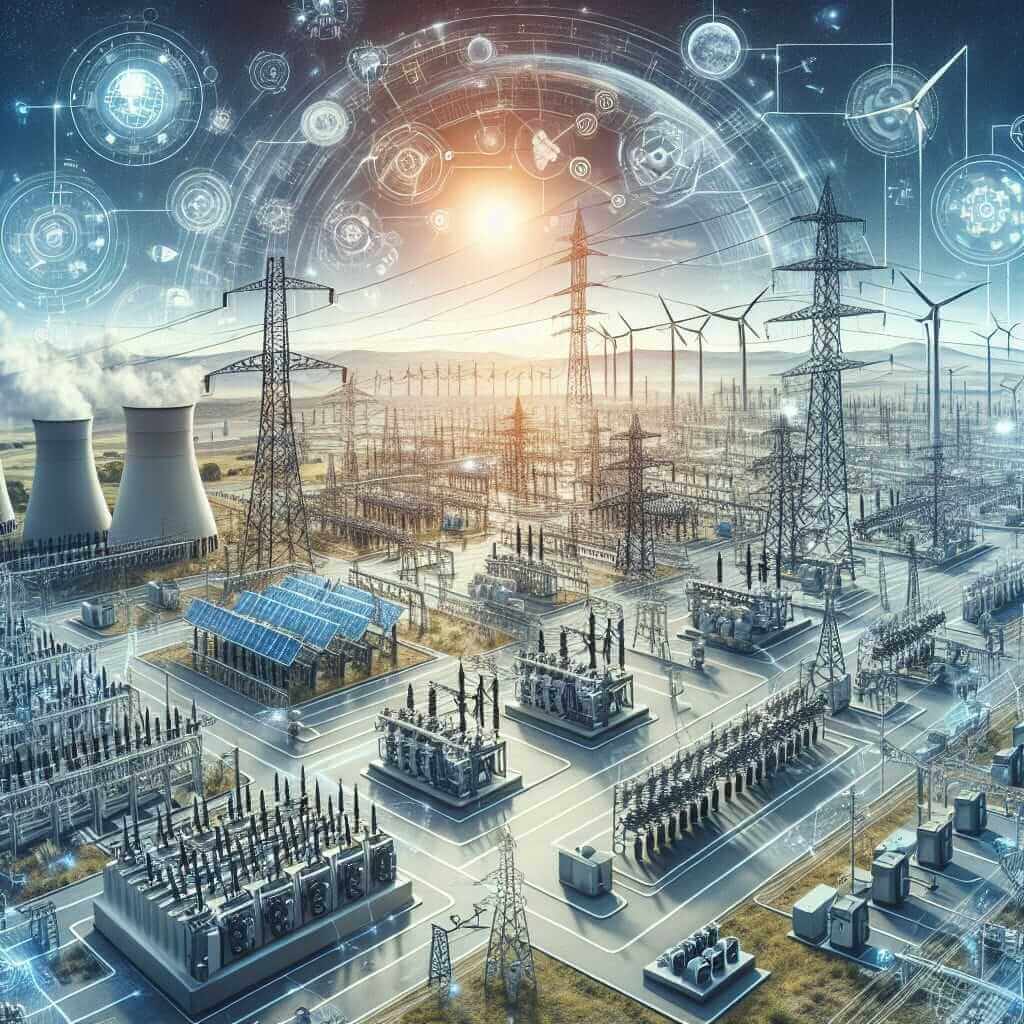The IELTS Reading section is designed to test a candidate’s ability to understand and interpret academic texts. Topics can range from history, arts, and society to scientific innovations. One emerging topic due to its relevance and frequency is “Technological innovations in sustainable energy systems.”
Given the increasing importance of sustainability and energy reforms, it is plausible that related topics will feature in future IELTS exams. This guide will offer practical training in reading comprehension and familiarize you with potential passages, questions, and answers on this topic.
Practice Reading Test: Easy Text
Reading Passage
Technological Innovations in Sustainable Energy Systems
The quest for sustainable energy systems has led to numerous technological advancements in recent years. One of the most significant innovations is the development of solar photovoltaic (PV) technology, which converts sunlight directly into electricity using semiconductors. Advances in materials science have made PV systems more efficient and affordable, allowing for broader applications.
Another critical area of innovation is in the field of wind energy. Turbine designs have evolved to become more efficient, capable of harnessing wind power even in low-speed conditions. Offshore wind farms, which face fewer spatial constraints and can take advantage of stronger and more consistent winds, are becoming increasingly popular.
Battery technology has also seen groundbreaking improvements, essential for storing energy generated from intermittent renewable sources like wind and solar. Lithium-ion batteries, currently the most widely used, have become more efficient and less costly. Researchers are exploring alternative materials, such as solid-state batteries, which promise higher energy densities and improved safety.
Moreover, smart grid technology represents a significant leap forward. It integrates traditional power grids with renewable energy sources, facilitating better management and distribution of electricity. Smart grids utilize sensors and advanced analytics to predict energy demand and optimize the flow of electricity, minimizing wastage and ensuring stability in energy supply.

Questions
-
Multiple Choice:
- Which of the following is NOT mentioned as an area of innovation in sustainable energy systems?
- A. Solar photovoltaic technology
- B. Turbine design
- C. Nuclear energy advancements
- D. Battery technology
- Which of the following is NOT mentioned as an area of innovation in sustainable energy systems?
-
True/False/Not Given:
- Offshore wind farms are less popular than onshore wind farms.
-
Matching Headings:
- Match the following headings with their respective paragraphs in the passage.
- i. Improvements in Photovoltaic Systems
- ii. Advances in Wind Energy
- iii. Future Prospects in Battery Technology
- iv. Innovations in Grid Technology
- Match the following headings with their respective paragraphs in the passage.
-
Summary Completion:
-
Complete the summary using words from the list below.
- List: semiconductors, materials, intermittent, offshore, solid-state, sensors, analytics
Advances in __ have increased the efficiency of solar PV systems, while innovations in wind turbine design, particularly __ wind farms, are becoming more popular. In battery technology, __ batteries promise higher energy densities. Lastly, smart grids, leveraging __ and advanced __, ensure stable energy distribution.
-
Answer Key and Explanations
-
Multiple Choice Answer:
- C. Nuclear energy advancements
Explanation: The passage specifically mentions solar photovoltaic technology, turbine design, and battery technology but does not address nuclear energy advancements.
-
True/False/Not Given Answer:
- False
Explanation: The passage indicates that offshore wind farms are becoming increasingly popular, without comparing their popularity to onshore wind farms.
-
Matching Headings Answers:
- Paragraph 1: i. Improvements in Photovoltaic Systems
- Paragraph 2: ii. Advances in Wind Energy
- Paragraph 3: iii. Future Prospects in Battery Technology
- Paragraph 4: iv. Innovations in Grid Technology
Explanation: Each paragraph is dedicated to specific advancements in the mentioned areas.
-
Summary Completion Answers:
- Advances in materials have increased the efficiency of solar PV systems, while innovations in wind turbine design, particularly offshore wind farms, are becoming more popular. In battery technology, solid-state batteries promise higher energy densities. Lastly, smart grids, leveraging sensors and advanced analytics, ensure stable energy distribution.
Common Mistakes in IELTS Reading
- Skimming Too Quickly: Ensure you understand the primary message of each paragraph before moving on.
- Ignoring Keywords: Focus on keywords in the questions and find corresponding terms in the passage to better locate answers.
- Misinterpreting Questions: Understand the question type and what it requires—don’t confuse True/False/Not Given with Yes/No/Not Given, for example.
Vocabulary
- Photovoltaic (adj.): /ˌfoʊ.t̬oʊ.vɒlˈteɪ.ɪk/ – relating to the conversion of light into electricity.
- Semiconductors (n): /ˌsɛm.ɪˈkʌndævk.təz/ – materials that partially conduct electrical energy.
- Intermittent (adj.): /ˌɪn.təˈmɪt.ənt/ – occurring at irregular intervals.
- Analytics (n.): /ˌæn.əlˈɪt.ɪks/ – the systematic computational analysis of data.
Grammar Points
- Passive Voice:
- Usage: Often used in scientific texts to emphasize the action over the subject.
- Example: “Battery technology has seen groundbreaking improvements” (Active voice: “Researchers have made groundbreaking improvements in battery technology.”)
Conclusion and Tips
Preparing for the reading section of the IELTS can be challenging, especially with complex contemporary topics like technological innovations in sustainable energy systems. Practice regularly with varied topics, diversify your reading sources, and focus on understanding the context rather than merely finding the ‘right’ answers. For further readings on related topics, consider exploring our articles on technological solutions to urban air pollution or advancements in grid management.